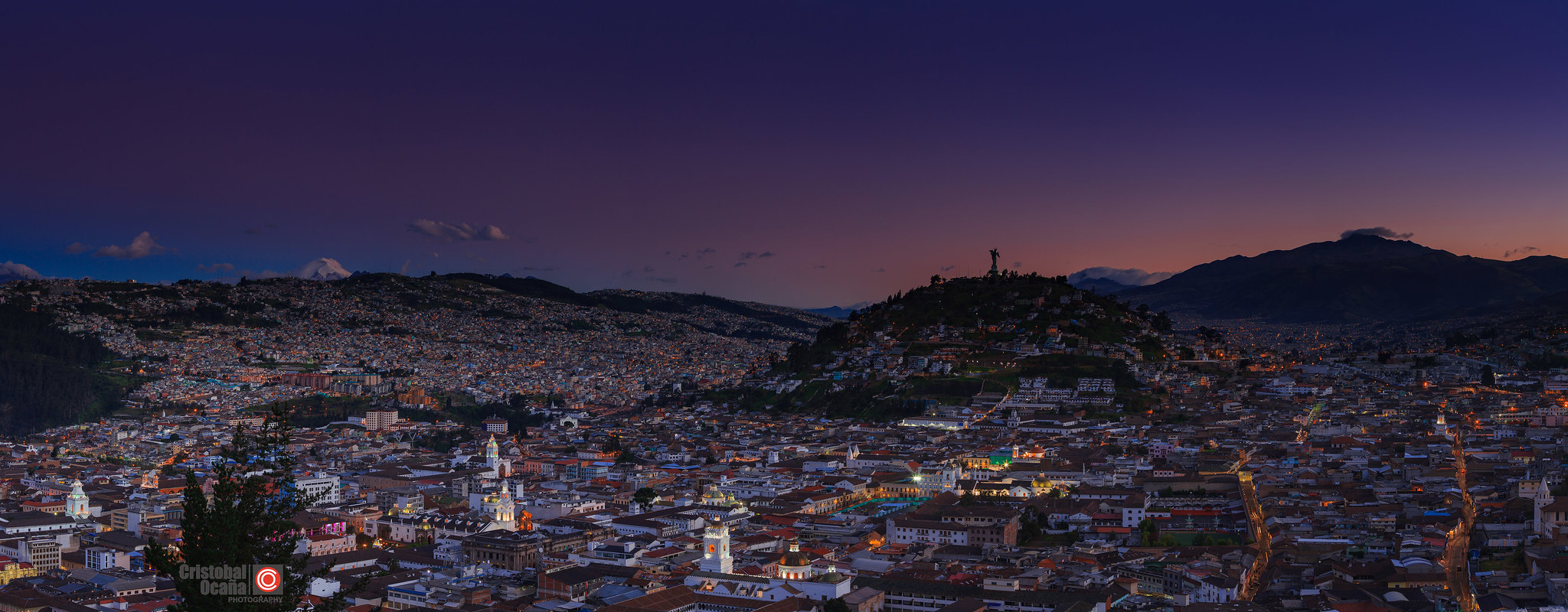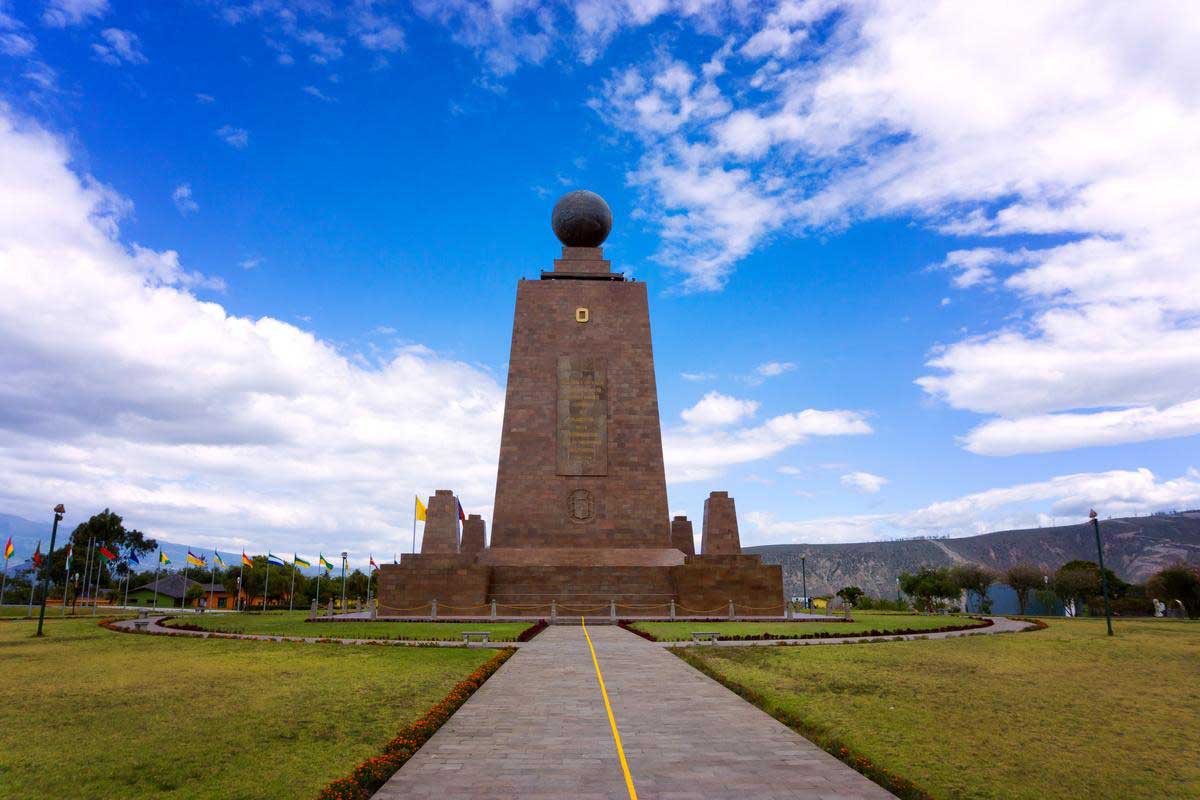The art and culture tour in the middle of the world highlights the most beautiful landscapes and places where, with ancestral and creative techniques, several artists have managed to develop art.
Day 1 : Arrival In Quito
Upon arrival at Quito airport, you will be met by your guide, who will transfer you to your hotel.
Situated in a circle of Andean peaks, Quito is the world’s second-highest capital, with arguably one of the finest settings in the world. Originally settled by the Quitu tribe in the first millennium, Quito was an important part of the Inca Empire, before being destroyed and re-founded by the Spanish conquistador Sebastián de Benalcázar in 1534.
The colonial center – declared a World Heritage Site by UNESCO in 1978 – is one of the largest and best-preserved in Latin America. It is home to excellent museums, churches, and art galleries.
– / – /

Photo: mehdi33300
Day 2 : Quito Artistic Tour
On this day you meet your guide at the lobby and you head to Tumbaco Valley to visit and experience Barroquema Art Gallery. In this gallery, besides enjoying all the pottery pieces, you also meet the artists and you see a sculpture modeling demonstration. Also, you will make a hand molded bowl with red clay. Your piece is going to be ready in 3 days. Do not worry, we will pick it up for you.
Then we leave to visit Cumbaya, which is one of the most exclusive districts of Quito. There you will enjoy a gastronomic experience at the 3500 restaurant.
There, while eating a dish, you will enjoy a work of art. Not only because of the aesthetics of its presentation but also because of the combination of flavors, which are a mix of traditional Ecuadorian food and the most avant-garde techniques of world cuisine.
After lunch you continue to Quito downtown, to visit an Art Gallery. On this occasion, you meet Mrs. Carole Lindberg and she will share her story with you. The Galleria/Taller is a six-room gallery located on the ground floor of a 25 room colonial residence in the San Roque neighborhood of the historical center of Quito. The house was built in the mid-1800s and was formerly owned by the famous woodcarver and designer, Neptali Martinez.
Carole will give you a private tour of the gallery and house, explaining the development of the different genres of her artistic expression and the restoration process of a historic residence in Quito. The gallery area has recently been restored by Carole Lindberg and is home to a permanent collection of her work. Various adjoining studio areas are used by Carole as well as by other artists.
Later in the afternoon, you return to the San Marcos neighborhood well known for being home to artisans. Your first visit will be at Casa Coraje, a workshop where 2 magnificent artists work and live: Illowaski Guanchala and Pamela Suasti. Illowaski is a contemporaneous realistic painter, he paints what he sees on the streets while he is walking, or something that graves his attention while he is stunning at his window or drinking a cup of coffee in the neighbor’s cafeteria. His work is really nit-ed and when you think it is simple it gets complex with all the details that Illowaski takes care of in his painting style. Pamela works are an alternative way of art. She makes different figures with wool embroidery. Her work is of such high quality that she has been called to exhibit in different galleries nationwide. She is also in charge of illustrating children’s books with this art.
Continuing with the tour, the next stop is at the Watercolor Museum, where you learn more about a famous Ecuadorian painter Muñoz Marin. Return to the hotel.
Overnight.
B / L /
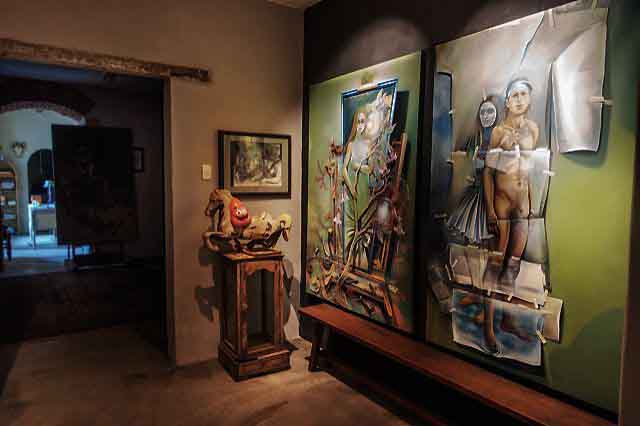
© Carole Lindberg
Day 3 : City & Equator Line Tour
Today your tour begins at the “Equatorial line” complex. Its monument is located at the latitude 0º 0´0″ and provides a once-in-a-lifetime opportunity to straddle both hemispheres or hop between the two in the blink of an eye. The monument forms the focal point of a park and leisure area with gift shops and restaurants. The site occupies an important place in the solar-based Andean cosmovision since ancient Andean people were aware of its significance many thousands of years ago. The Ethnographic Museum at the complex provides a fine overview of Ecuador’s varied cultures and geography.
Continuing with the tour, your next stop is at the bohemian neighborhood ¨La Floresta, known for its contemporaneous galleries. It is also a unique place where you can find a lot of coffee shops, local and international restaurants. You have free time for lunch (optional).
After lunch, you will visit Pentasiete, which is a contemporary gallery where they exhibit projects from emerging artists as well as from renowned artists of Ecuador and Latin America.
Later on, you will do a city by night tour in which you explore the bustling streets and squares of the largest historical center in the Americas, You visit some of its most important churches such as the impressive Cathedral, majestic Compañía, and iconic San Francisco, guardians of a stunning multi-ethnic artistic and cultural heritage.
At the San Francisco convent, you have a private tour to know more about this congregation. Finally, you taste their original craft beer, which is made with a recipe from the XVI Century.
Return to the hotel, dinner, and overnight
B / – / D
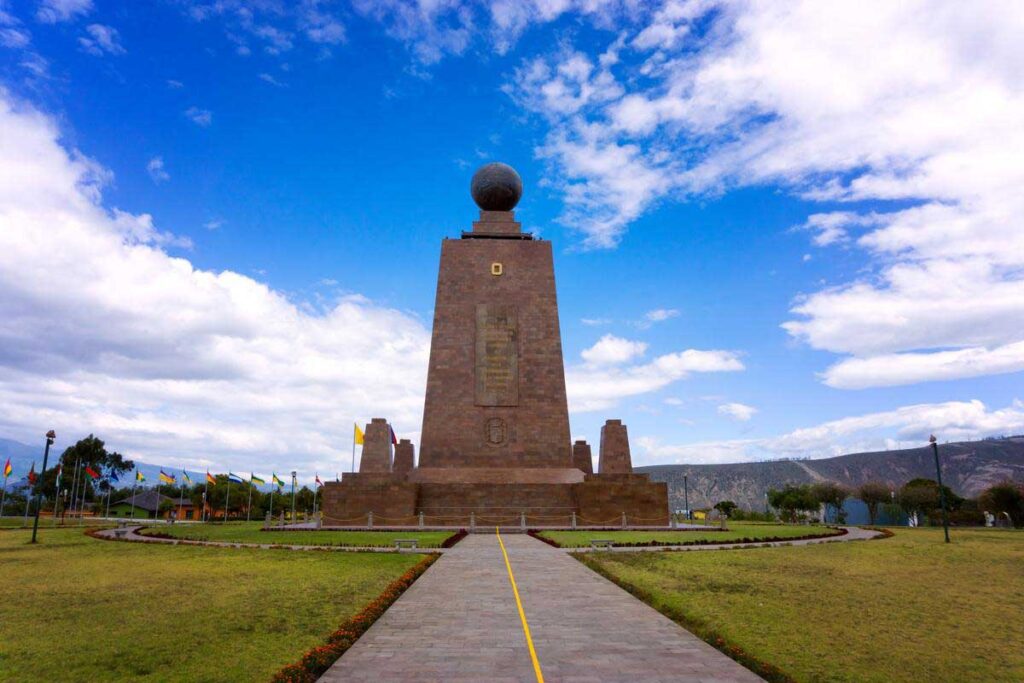
Photo: jkraft5
Day 4 : Otavalo Artisans
This morning you will depart to Otavalo town famous for its artisan market. On route, you will stop at Guayllabamba, a small town where you can try a typical fruit called chirimoya. Also, you have a quick stop at Cayambe, a little town where the famous bizcochos (a mix between a cracker and bread) are made.
In Otavalo you visit the textile market located at the “Plaza of Ponchos”, one of the most famous markets in South America. There you find all kinds of handicrafts including tapestries made on the Spanish weaving loom as well as the indigenous back-strap loom. You have some free time for bargaining and buying from the friendly Otavaleños.
Afterwards you visit Mr. Miguel Andrango Workshop at Agato. There you have a weaving demonstration given by three generations of this family. You will be able to observe how the raw wool is turned into thread, thread to be used with looms. You will see not just the process, but also the tools used for hundreds of years to make it. You also have a look at the plants they use for the different natural colors. After the demonstration, you will be able to visit the store and to buy something if you want.
You have lunch at Hacienda Pinsaqui, a famous historic hacienda. After lunch, you continue to Hacienda Zuleta, which is a colonial-era working farm that has belonged to the family of Mr. Galo Plaza Lasso, a former president of Ecuador. It was chosen as one of the world’s “Top Ten Finds” by Outside magazine and named one of the best “Ecuadorian Hotels” by National Geographic Traveler.
Overnight.
B / L / D
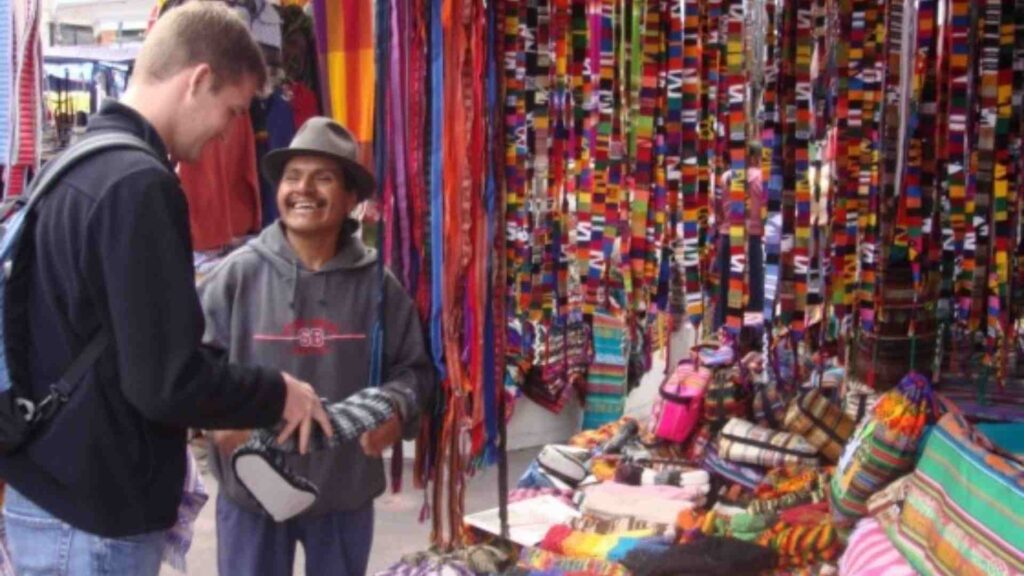
© GoRaymi
Day 5 : Zuleta Artisans
After having a farm-to-table breakfast, you meet Zuleta’s ladies. This women of the community are recognized nationwide for their fine embroidery in bright colors that matches their traditional knee-high pleated skirts.
Some sources state that embroidery was first introduced into the area during the late nineteenth century. But its status as a true profession in the community, with its application to clothes, only arises with the Zuleta Embroidery Workshop, created by Rosario Pallares, wife of former Ecuadorian President Galo Plaza Lasso. You have a traditional lunch before returning to Quito.
Upon arrival in the capital, you visit the Capilla del Hombre, Oswaldo Guayasamín museum. Guayasamín was an Ecuadorian painter and sculptor of Kichwa and Mestizo heritage. He dedicated his life to painting, sculpting, and collecting a large number of archaeological, colonial, and contemporary pieces of art.
He was given a prize for “an entire life of work for peace” by UNESCO. His death on March 10, 1999, was considered a great loss to Ecuador and occurred in the midst of a political and socio-economic crisis, with the day marked by strikes by the indigenous people (whom he spent his life supporting) and other sectors of society. He is still lauded as a national treasure.
In 2002, three years after his death, a building co-designed by Guayasamín, La Capilla del Hombre (“The Chapel of Man”), was completed and opened to the public. The Chapel is meant to document not only man’s cruelty to man, but also the potential for greatness within humanity. It is co-located with Guayasamín’s home in the hills overlooking Quito. Here you will enjoy a cocktail on-site, while you admire the fabulous work of Guayasamín.
B / L / –
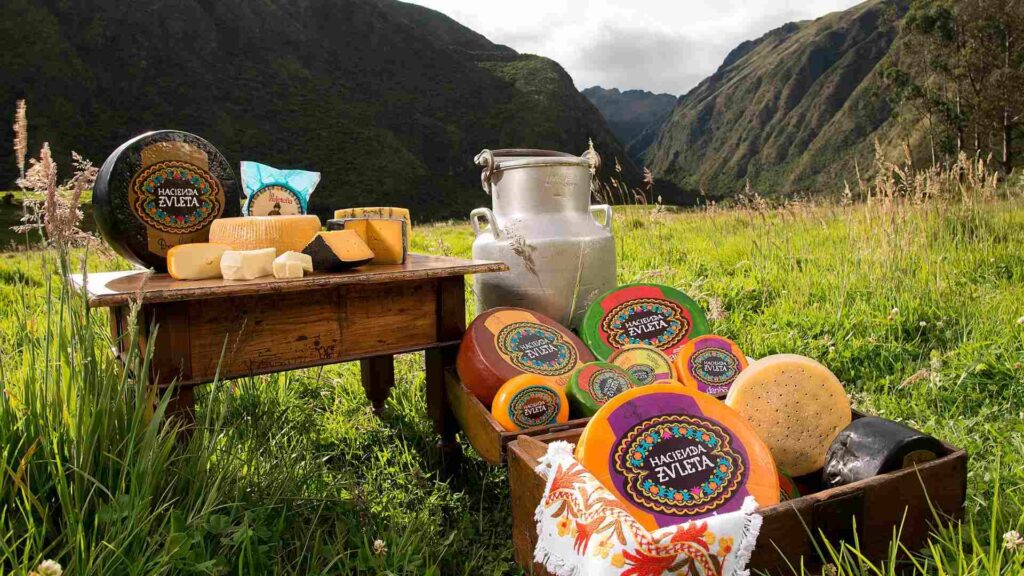
© Hacienda Zuleta
Day 6 : Departure From Quito
Today after breakfast your guide will transfer you to Quito Airport in time for your Galapagos or International flight.
B / – / –
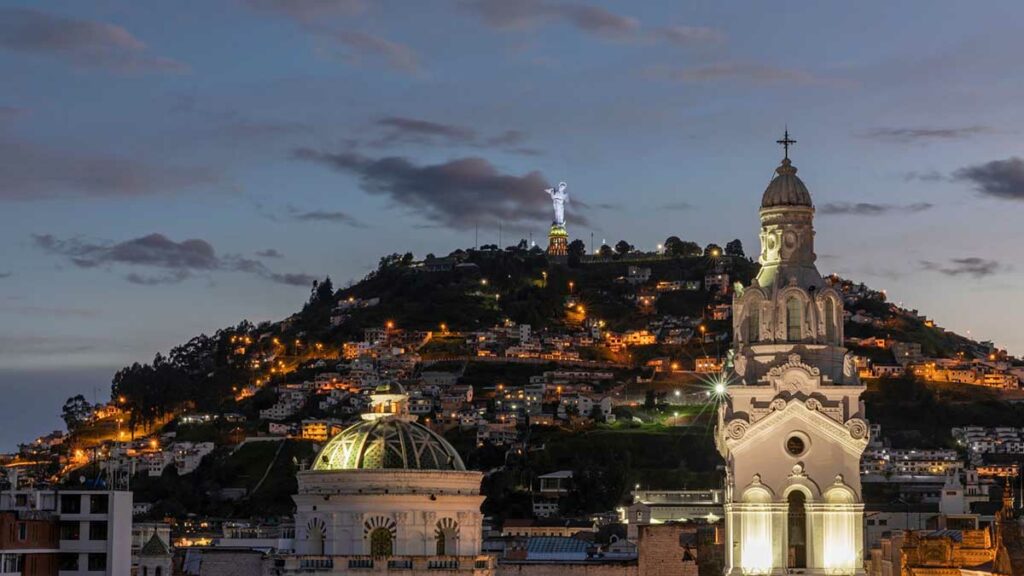
Photo: Moiz_Cukurel

